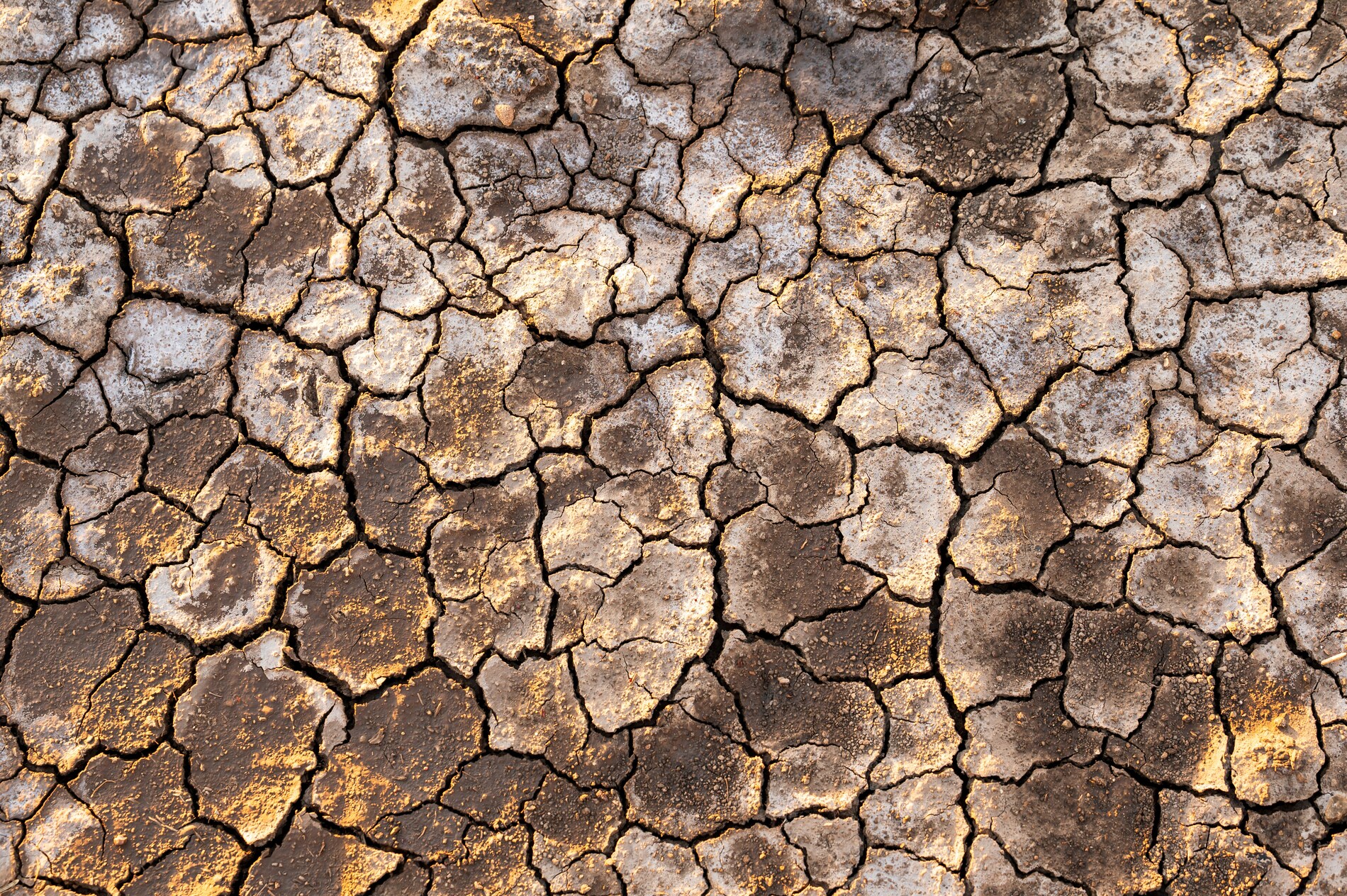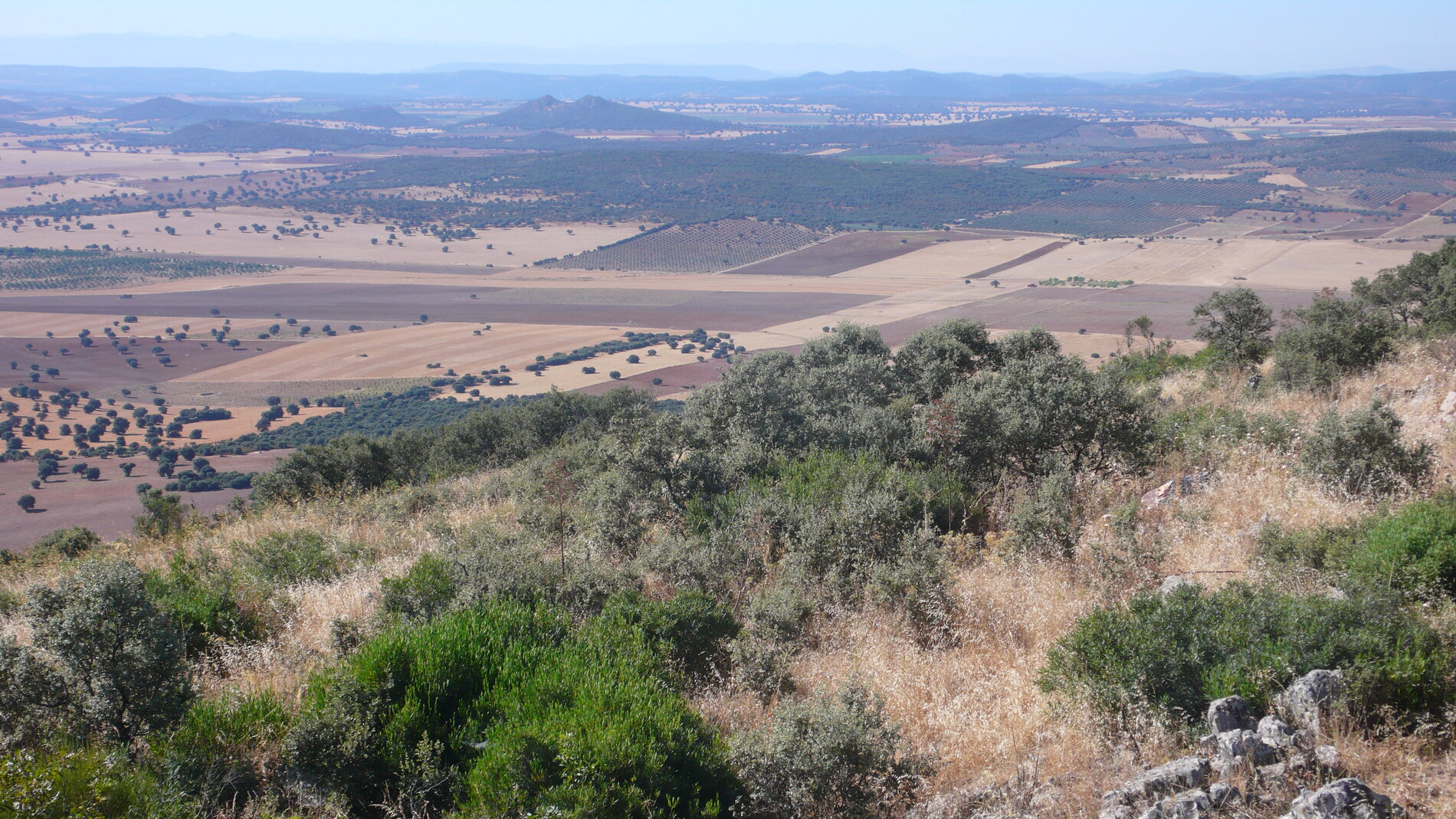 " alt="Supporting FIRE in the creation of a model for restored biodiversity and landscape resilience in Campo de Montiel, Spain">
" alt="Supporting FIRE in the creation of a model for restored biodiversity and landscape resilience in Campo de Montiel, Spain">
Supporting FIRE in the creation of a model for restored biodiversity and landscape resilience in Campo de Montiel, Spain
Grantee: Fundación Internacional para la Restauración de Ecosistemas (FIRE)
Location: Spain, Europe
Grant Cycle: 2025 – 2027
Type of Grant: two-year program support,
Delegació a Catalunya, Environment & Biodiversity Protection
Website: fundacionfire.org
Delegació
a Catalunya
Fundación FIRE is a Spanish foundation established in 2006, dedicated to advancing the science and practice of ecosystem restoration through the development, implementation, and refinement of restoration techniques in collaboration with a broad range of stakeholders. Its core mission is to bridge the gap between academic research and practical application by transferring scientific knowledge and field experience into real-world restoration efforts. To achieve this, the foundation undertakes a range of activities, including the production of relevant scientific and technical data, the execution of restoration projects at multiple spatial and ecological scales, and the training of students, professionals, and field practitioners in the planning, implementation, monitoring, and assessment of ecosystem restoration interventions.
Additionally, FIRE provides technical support to companies that promote the sustainable use of natural resources. FIRE is legally established in Spain, Paraguay, Chile and Argentina. It operates within a multidisciplinary network of over 40 experts, including university professors, researchers, technical specialists, and professionals from NGOs, academic institutions, and private enterprises, based across Europe and the Americas. These collaborators contribute to the coordination, design, and on-the-ground implementation of restoration projects. FIRE is also a member of the recently formed Network of Regenerative Territories in the Iberian Peninsula, reflecting its commitment to promoting integrative and regenerative approaches to landscape and ecosystem recovery.
Of all EU countries, Spain is at the highest risk of becoming a desert by 2050. Projections indicate a future characterized by rising temperatures and increasing variability in extreme weather events, including intense rainfall and prolonged droughts. These changes are expected to severely affect water availability, with significant consequences for key sectors such as agriculture, livestock, and forestry. In addition, Spain is Europe’s leader in soil erosion, with approximately two-thirds of its land surface affected, half of which is classified as being in critical condition. Each year, an estimated 500 million tons of soil are lost, and around 75% of the national territory is at risk of desertification. Water resources are under additional pressure from both overexploitation and pollution. Currently, 61% of surface waters and 45% of groundwater bodies in Spain are affected by contamination, further exacerbating the environmental and socio-economic challenges facing the country.
The Nando and Elsa Peretti Foundation - Delegació a Catalunya (NaEPF), in alignment with its mission to protect the environment and biodiversity in the face of growing climate change impacts, has supported FIRE’s ecological restoration initiative in Campo de Montiel, located in south-central Spain. The initiative employs nature-based solutions to restore and enhance ecosystem functions through landscape-level interventions, including regenerative agriculture, holistic water management, afforestation of abandoned croplands, and restorative silviculture, all aimed at generating benefits for both people and nature. The granted project aims to establish a large-scale, flagship ecological restoration site that serves as a model for similar efforts worldwide. It is envisioned as a dynamic learning environment where scientists, farmers, landowners, public officials, university students, and other stakeholders can engage directly with best practices, knowledge, and techniques in ecological restoration, transforming the area into a hub for innovation, training, and collaborative action.
Campo de Montiel is a ca. 600,000-hectare semiarid region that is highly vulnerable to the impacts of climate change. The landscape consists of a mosaic of agricultural lands and Mediterranean forest ecosystems, characterized by Mediterranean crops interspersed with continental Mediterranean woodlands and shrublands. The region also hosts a complex hydrological network, including seasonal rivers and streams, temporary lakes, and groundwater springs, which play a critical role in maintaining ecological balance. Recognized as a priority area for biodiversity conservation, Campo de Montiel is part of the expansion range of several critically endangered species, including the Iberian lynx and the Iberian imperial eagle, both emblematic of Mediterranean ecosystems and highly dependent on targeted conservation measures. Additionally, its agricultural steppes support some of the largest European populations of steppe birds, such as the great bustard, little bustard, and Montagu’s harrier, all of which face significant conservation threats. Water bodies in the region are vital for sustaining life during the dry summer months and serve as key stopover sites for migratory birds. In recent decades, the region has experienced both agricultural intensification and widespread land abandonment, the latter leading to arrest ecological succession and unchecked shrub encroachment. These changes have significantly altered traditional landscapes and negatively affected their associated biodiversity. Furthermore, the region is undergoing progressive aridification, with observed declines in precipitation and rising average temperatures, trends that are expected to intensify under future climate change scenarios.
The project supported by the NaEPF in Campo de Montiel is a four-year ecological restoration initiative involving seven partner organizations. Its objective is the creation of a territorially significant, large-scale ecological restoration area that serves both ecological and socio-economic purposes. The project is designed not only to restore degraded landscapes and ecosystems but also to demonstrate how environmental recovery can be harmoniously integrated with local livelihoods and rural development. At the core of the initiative is the development and implementation of replicable models for regenerative agriculture, holistic water management, and restorative silviculture. These models will be adapted to the semiarid conditions of the region and designed to enhance ecosystem services while maintaining or improving productivity. By aligning biodiversity conservation with primary economic activities such as farming and forestry, the project aims to foster resilient landscapes that support both human communities and natural ecosystems. In doing so, the project aspires to become a reference point for similar restoration efforts globally, showcasing scalable, nature-based solutions that address climate change, land degradation, and biodiversity loss. Knowledge transfer, capacity-building, and stakeholder participation will be key components, ensuring that outcomes are not only scientifically sound but also socially inclusive and locally embedded.
 A view of the woodland-farmland mosaic at Campo de Montiel
A view of the woodland-farmland mosaic at Campo de Montiel ©All rights reserved José M. Rey Benayas / FIRE
